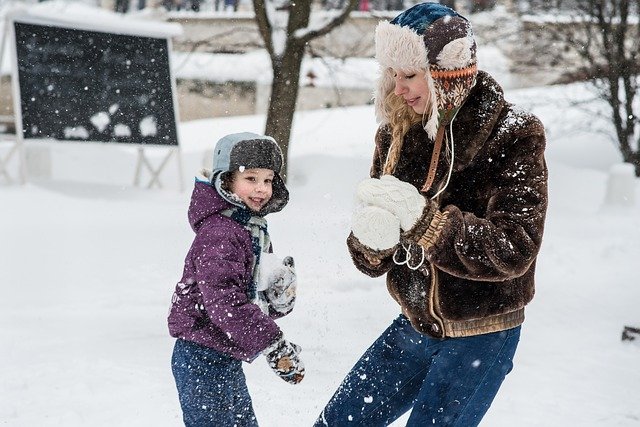East Meadow, NY - December 28, 2017 - Nassau University Medical Center CEO/ President Dr. Victor Politi warns county residents of record cold temperatures expected on Long Island for Thursday and Friday. Nassau County and local townships have warming centers open. The hospital is offering advice to local residents to help them deal with the onset of colder weather in the area.
Heat Your Home Safely
- Operate space heaters according to manufacturer's guidelines. Do not use extension cords with space heaters and unplug space heaters when not in use.
- Do not use gas appliances such as ranges or ovens or clothes dryers to heat your home.
- Maintain heating equipment and chimneys by having them cleaned and inspected each year.
- Never use a portable generator, grill, camp stove or other gasoline, propane or natural gas or charcoal-burning devices inside your home. Always located these units in outside areas away from doors, windows, and vents that could allow carbon monoxide to come indoors.
- Install a carbon monoxide (CO) alarm in your home that meets safety standards. Battery-operated CO alarms or plug-in CO alarms with battery backup are available.
- Never use candles as a heating or light source. Have flashlights ready for use during a power outage.
Dress Warmly to Avoid Frostbite
- When outside in cold temperatures, dress to stay dry and warm. Wear warm, loose-fitting, lightweight clothing in layers. Clothing made of wool or synthetic fibers such as polypropylene offers more insulation than cotton. Outer garments should be tightly-woven, water repellent and have a hood.
- Seek medical attention if you see signs of frostbite or hypothermia.
- Symptoms of frostbite include the loss of feeling and white or pale extremities. Signs of hypothermia include uncontrollable shivering, slurred speech, drowsiness and exhaustion.
Winter Driving & Car Tips
- Drive with a full tank of gas and a cell phone. Also carry blankets, water, and sustainable food.
- Use extreme caution while driving in winter storms. Most winter storm deaths result from vehicle or other transportation accidents caused by ice and snow. Drive slowly and allow for greater braking distances. Accelerate and brake gradually.
- Take time to clean off snow and ice from vehicle windows to increase visibility. Keep a shovel, a windshield scraper and/or a small broom in your vehicle.
- If you are stuck in a vehicle in snow or cold weather, stay in your vehicle and wait for help. Run the engine occasionally to keep warm, about 10 minutes each hour. Beware of carbon monoxide build up inside the car.










